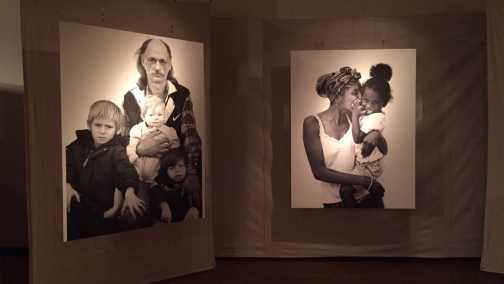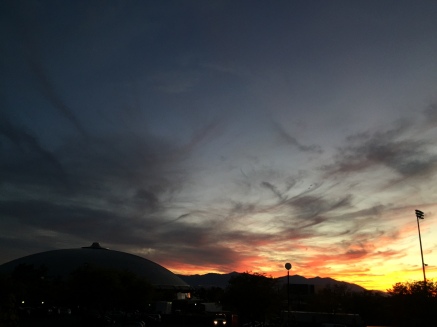It is time for the honors students in the 2014-2015 Praxis Lab: “The Valley as a Laboratory” to begin the formation and completion of our individual projects.
Initially, the idea I had for my project was to prepare a website or a pamphlet that detailed student success resources. This pamphlet would include a directory of phone numbers, names, email addresses, building numbers, etc. to direct students to the individuals on the University of Utah campus that could help drive students towards a pathway of success. The pamphlet might also include a FAQ (frequently asked questions) section to give students a direct and hassle-free guide to commonly asked questions such as “Where can I get tutoring for _____________” or “how do I apply to the honors college?” etc. A few other accommodations this pamphlet might provide are a campus map that is easy to read and orient, a financial aid “how-to-apply” section, and a research opportunities guide. However, I am beginning to believe that compiling all of this information by April with my very limited and tight schedule would be a tough task.
MY NEW IDEA: I wish to collaborate with a fellow student by the name of Courtney Hoyt on the task of educating the public (initially the University of Utah) on the effects of light pollution on wildlife, humans, and our environment. I am equally (if not more) passionate about this project.
Light pollution is pollution caused by having artificial lights turned on during the night. Here is a list of just some of the detrimental effects that light pollution has on the earth:
-It prevents us from viewing the stars and knowing our place in the universe, removing a large sense of wonder
-It distracts many nocturnal animals from finding their way around through the night
-Light pollution has lowered the population of baby sea turtles (that survive) significantly because they use the reflection of the stars on the ocean to find their way to the water
-Birds become dazed and confused by the lights, causing them to fly into windows and to ultimately injure or kill themselves.
-Leaving lights on in the night has a detrimental effect on our natural circadian rhythms (sleep cycles and production of melatonin) and thus degrades our health as a consequence.
-Countless wildlife populations that depend on the darkness of the night are negatively impacted.
As a biology major, I believe that my passion for this project stems not only from a genuine interest in science, but also from my love for animals. This is the project I wish to pursue.
I will post updates on project details later this week.
Thank you for reading!








